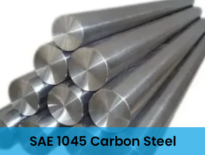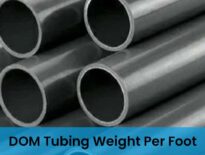This month, we examine the differences between ERW, DOM, and seamless tubing.
ERW (Electric Resistance Welded) Tubing
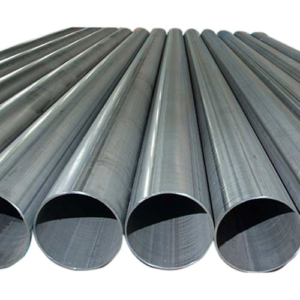
ERW refers to a welding process that involves both spot and seam welding, primarily used in the production of round, square, and rectangular steel tubing. The process begins by uncoiling a steel strip and trimming its sides to control the width and prepare the edges for welding. The strip is then passed through rollers, which shape it into a circular, square, or rectangular form.
Under pressure, the edges are brought together and heated to over 2000°F, creating a strong butt joint. The excess weld, known as flash, is removed from the outside. Once the weld is tested, the tube goes through additional rollers to achieve the final precise size. It is then straightened and cut to the required length.
The most common material for ERW tubing is SAE 1010 steel. For walls 0.060” or thinner, Cold Rolled (CREW) steel is typically used, while for walls 0.083” or thicker, Hot Rolled (HREW) steel is preferred. In many cases, the internal weld flash is left intact (flash-in condition), as it is not removed during the production process.
Drawn Over Mandrel (DOM) Tubing
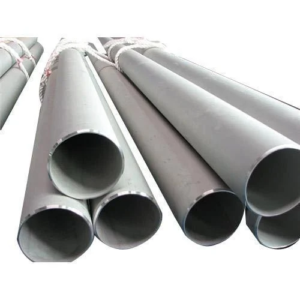
DOM tubing refers to the process used to finish the tube, rather than the type of steel itself. It’s known for its high quality and is typically made from SAE 1020 or 1026 steel. The initial manufacturing stages are similar to those for electric resistance welded (ERW) tubing. However, during the finishing stage, the entire weld flash is removed, and the tube is cold drawn over a mandrel.
This cold drawing process enhances the tube by providing better dimensional accuracy, an improved surface finish, and the highest possible weld strength. Although DOM tubing has a seam, it’s so refined that it’s almost invisible, which is why it’s sometimes mistakenly referred to as “seamless.”
Seamless Mechanical Tubing
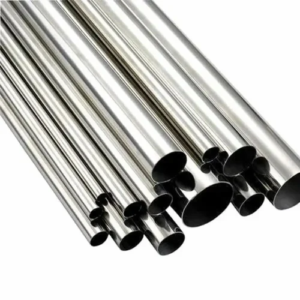 Seamless mechanical tubing is produced through a process known as extrusion. In this method, a solid steel bar is pierced through the center using a die, transforming the solid round into a hollow tube.
Seamless mechanical tubing is produced through a process known as extrusion. In this method, a solid steel bar is pierced through the center using a die, transforming the solid round into a hollow tube.
There are two main types of seamless tubing:
- Cold Drawn Seamless (CDS): This type is typically made from SAE 1018 steel. It features precise tolerances and an excellent surface finish, making it ideal for applications requiring high accuracy.
- Hot Finished Seamless (HFS): Usually made from SAE 1026 steel, HFS tubing has less critical tolerances and a rougher, scaly finish. It is generally not as strong as CDS tubing.
Both types of seamless tubing are widely used in various applications due to their robust nature and reliability.
Conclusion
When choosing tubing, understanding ERW, DOM, and seamless options is vital. ERW is cost-effective but has a seam. DOM offers enhanced strength and finish after further processing. Seamless tubing, made from solid steel, provides superior strength without seams, ideal for high-pressure applications. Each serves distinct industry needs.
FAQs
What is the difference between ERW tube and seamless tube?
Seamless pipe is made by extruding metal without joints, while ERW pipe features a welded joint along its cross-section. Seamless offers higher strength and durability.
What is the difference between Dom tube and seamless tubing?
The main difference between Drawn Over Mandrel (DOM) tubing and Cold Drawn Seamless (CDS) tubing lies in their manufacturing processes. DOM is a welded tube, while CDS is seamless. Both types feature close tolerances, ensuring greater size accuracy.
What is the difference between ERW and Dom tube?
ERW is usually made from 1010 alloy, while DOM is typically made from 1026 alloy. DOM is more expensive and regarded as a premium product compared to ERW.

